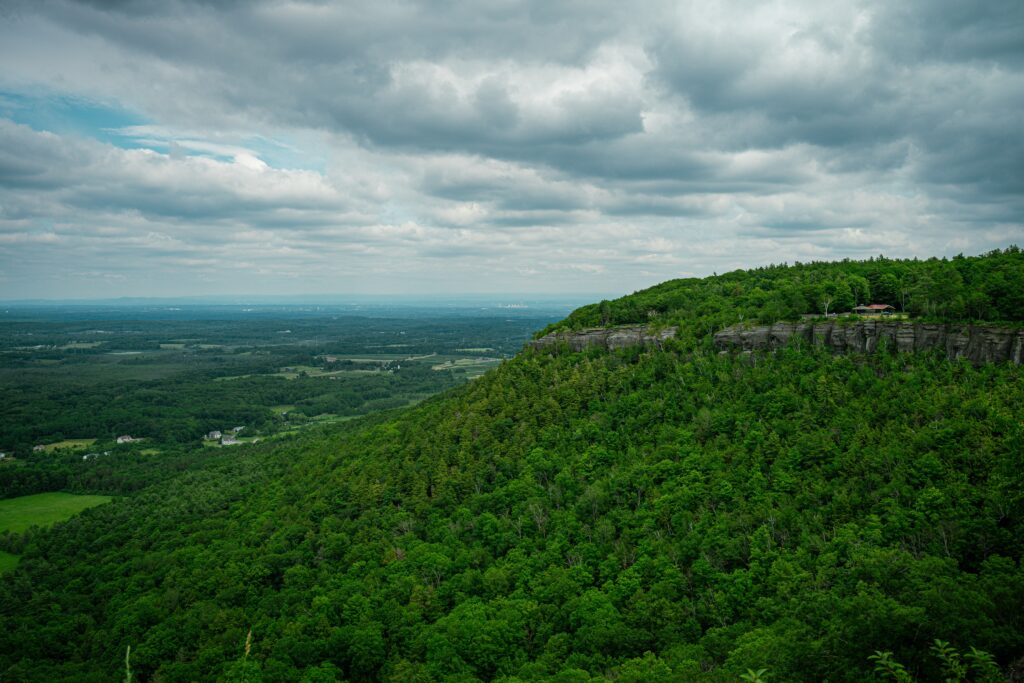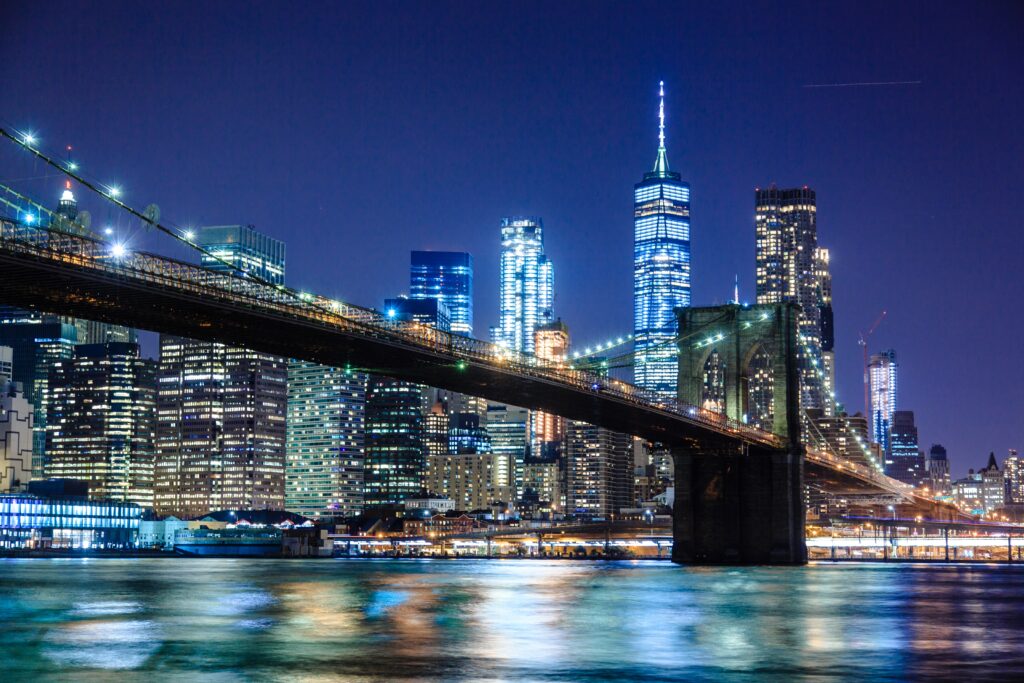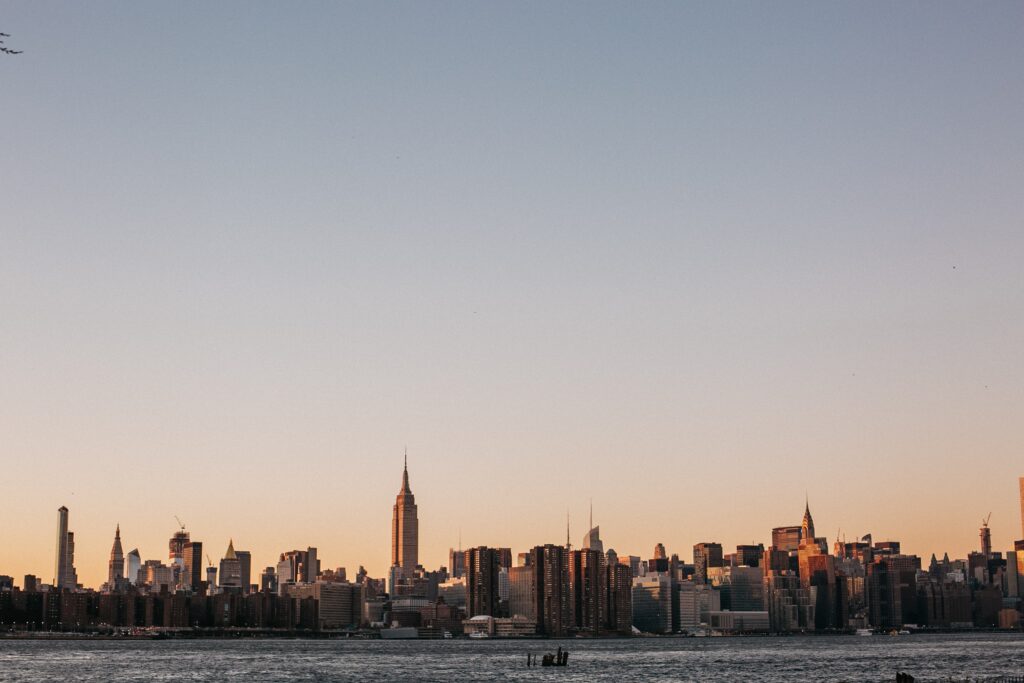New York
New York State: A Comprehensive Overview
Located in the Northeastern portion of the United States, New York State often referred to as New York, boasts a rich history, diverse geography, and a vibrant culture that has left its mark on the nation and the world. From the bustling metropolis of New York City to the serene beauty of the Adirondack Mountains, New York offers a variety of experiences for its nearly 20 million inhabitants and countless visitors.
Geographical Overview
New York State, the 27th largest in the U.S, stretches over an area of 54,556 square miles or 141,300 km2. It shares its borders with several U.S. states and Canadian provinces. To the west, it borders the U.S. states of Pennsylvania and New Jersey, while to the north, it shares an international border with the Canadian provinces of Quebec and Ontario. The eastern boundary is formed by the states of Vermont, Massachusetts, and Connecticut.
The geography of New York is diverse, ranging from the coastal areas of Long Island to the mountainous regions of the Adirondacks. The southeastern part of the state, known as Downstate New York, includes New York City, the most populous city in the U.S, and Long Island, the most populous island in the U.S. This region also includes the lower Hudson Valley. The vast Upstate New York area extends from the Great Lakes to Lake Champlain and includes the Adirondack Mountains and the Catskill Mountains.

Historical Overview
New York’s history is as diverse as its geography. The region was inhabited by the Algonquian and Iroquois Native American tribes for several thousand years before the arrival of European explorers. The first European to explore the area was the Italian Giovanni da Verrazzano in 1524, who was sailing under the French flag. However, the first permanent European settlement did not occur until 1621 when the Dutch established the colony of New Netherland.
The British took control of the region in 1664 and renamed it the Province of New York. During the American Revolutionary War (1775-1783), a portion of the colonists successfully fought for independence from the British, leading to the formation of the United States. New York played a crucial role in the early development of the new nation, serving as the gateway for millions of immigrants and as a center for trade and industry.
State Symbols and Monuments
This great state is home to several iconic symbols and monuments that have become synonymous with the state. The Statue of Liberty, located in New York Harbor, is one of the most recognized symbols of the United States. It was a gift from the people of France to the United States and has stood as a beacon of freedom and a welcoming sight to immigrants arriving by sea.
Another significant landmark is the Empire State Building, which was the world’s tallest building when it was completed in 1931. This Art Deco skyscraper is located in the heart of Manhattan and offers stunning views of the city from its observation decks.

Cultural Diversity
New York is one of the most culturally diverse states in the U.S. The state is home to people from a myriad of ethnic backgrounds, making it a melting pot of cultures. From the vibrant Hispanic community in New York City to the large Italian-American population in Staten Island and Long Island, the state is enriched by the diverse traditions, languages, and cuisines of its inhabitants.
In addition, it has the largest Jewish population outside of Israel, with a significant presence in New York City, particularly in Brooklyn. The state also has a substantial African American community, with Harlem in New York City being a significant cultural and political center.
The Economics of New York
New York’s economy is one of the largest in the world, contributing significantly to the U.S. gross domestic product. The state’s economy is diverse, with key sectors including finance, healthcare, professional and technical services, retail trade, and manufacturing. New York City, with its stock exchanges and headquarters of numerous multinational corporations, serves as the economic heart of the state and the nation.

Education in New York
New York places a high emphasis on education, with the state being home to numerous colleges and universities that are renowned globally. Institutions like Columbia University and Cornell University are part of the prestigious Ivy League, consistently ranking among the top universities in the world. The State University of New York (SUNY) is one of the largest university systems in the U.S., offering a wide range of programs and degrees.
Environmental Conservation
The state is also known for its commitment to environmental conservation. The state is home to two major forest preserves, the Adirondack Park and the Catskill Park, both of which are protected under state law to remain “forever wild”. These parks, along with numerous state parks and natural landmarks, offer opportunities for outdoor activities like hiking, camping, fishing, and wildlife viewing.

From its diverse geography and rich history to its cultural diversity and robust economy, this state offers a unique blend of experiences. Whether you’re attracted by the bright lights of the big city or the serene beauty of its parks and preserves, New York has something for everyone. No matter where you’re from or where you’re headed, there’s no place quite like New York State. Its rich history, diverse culture, and vibrant economy make it a state that’s truly one-of-a-kind.